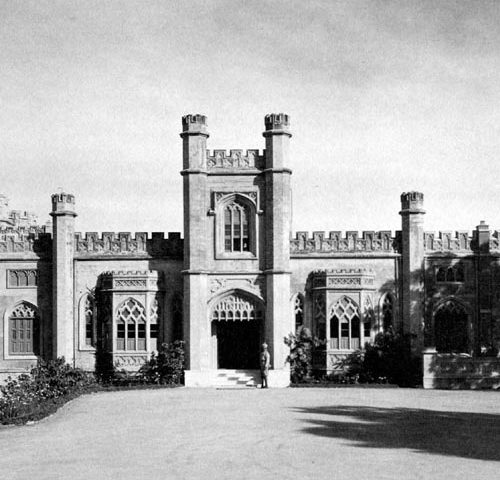What is a heritage building?
‘Heritage building’ means any building/structure/artefact and includes such portion of land adjoining such building or part thereof as may be required for fencing or covering or in any manner, which requires conservation and/or preservation for historical, architectural, artisanry, aesthetic, cultural, environmental, and/or ecological purpose.
Why should we protect heritage buildings?
The following are the FOUR practical reasons to save historical buildings.
1. They have ineffaceable value
Heritage buildings are mostly built with different materials than what we use now. Those materials tend to be stronger and more durable, as those buildings might have withstood many worse weather conditions. The materials then used, might even be unavailable today.
2. These buildings attract people
Be it the history aficionados, the architecture enthusiasts, the people who love to reminisce the good old times, or the ones who just like the warmth of old buildings, these tend to attract people. Maybe the mixture of styles, different levels or the awkward corners, there’s always something interesting to talk about the buildings.
3. A reminder of city’s culture and heritage
By seeing historic buildings, whether related to something famous or recognizably dramatic, tourists and longtime residents are able to witness the aesthetic and cultural history of an area. Just as banks prefer to build safety, a city needs old buildings to maintain a sense of permanency and heritage.
4. Preservation is a one-way street
Once a historic site is destroyed, there is no way to save or to renovate it. These buildings are a rich source of history and heritage. We can never be certain of what will be valued in the future. This reality brings to limelight, the importance of locating and saving the buildings of historical importance, because once a piece of history is destroyed, it is lost forever.
5. Economically beneficial
Preserving these buildings is cost-effective and energy efficient. We need less construction materials; there will be less debris; and we will be protecting history.
Ways to conserve these buildings
“Conservation” means all the processes of looking after a place so as to retain its historical, architectural, cultural significance. It includes preservation, rehabilitation, restoration, reconstruction and adoption or a combination of more than one of these.
1. Preservation
It focuses on maintenance stabilization; repair of existing historic materials, and retention of a property’s form as it has evolved over time.
2. Rehabilitation
It acknowledges the need to alter or add to a historic property to meet continuing or changing uses while retaining the property’s historic character.
3. Restoration
It depicts a property at a particular period of time in its history, while removing evidence of other periods.
4. Reconstruction
It is the re-creation of vanished or non-surviving portions of a property for interpretive purposes.
The choice of treatment depends on various factors like historical significance, physical condition, proposed use, and intended interpretation.
The role of community in preserving heritage buildings
The Hill Fort Palace is a relatively unknown heritage palace, situated near Birla Mandir. As a part of TEDxHyderabad Salon (in a bus) on Art and Music, in 2016, we visited this beautiful place. Lakshmi Nambiar of Shrishti Art Gallery introduced us to the history of this palace, that this used to be the place where poetry recitals were held. She also talked about how heritage spaces like these can be used to celebrate arts. By the end of the day, restoration of heritage buildings and showcasing them as venues for arts and culture was the overarching theme.
At this year’s salon too, Harini (Team Member of TEDxHyderabad) talked about the restoration of heritage buildings to promote arts and music. N R Visalatchy, Director of Museums & Archeology, who was one of our thought leaders for the day, also talked about how governments is putting in efforts to support the arts ecosystem.
Revival of a heritage building is not easy; but a long process that takes place with the association of government and citizens. We, are proud that this idea of restoring these beautiful structures is moving forward, one step at a time through our wonderful community.




